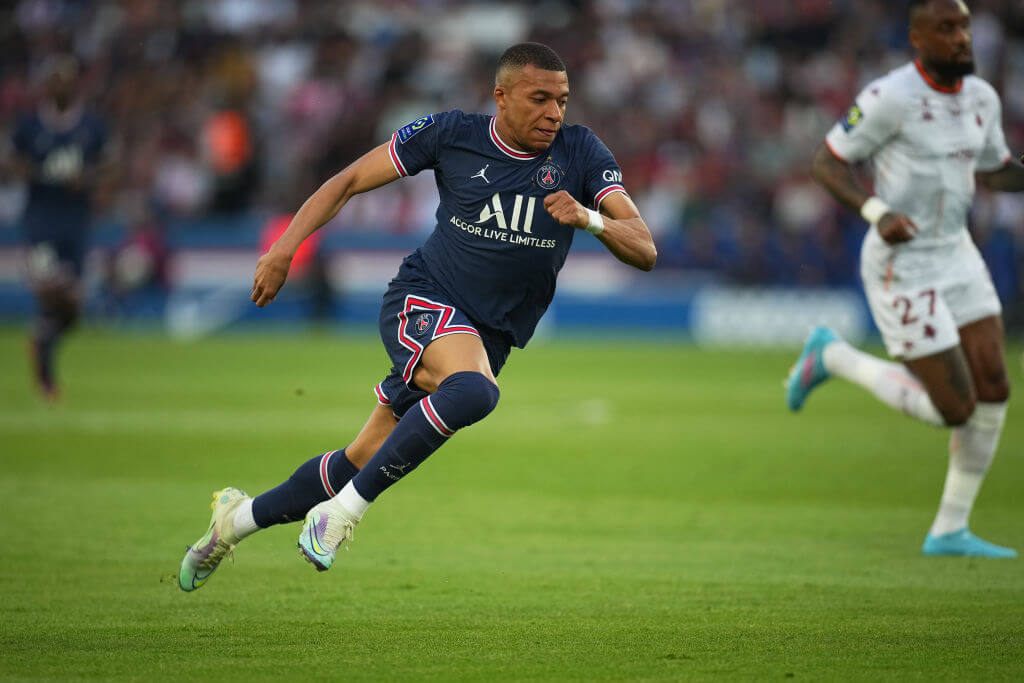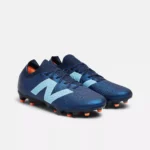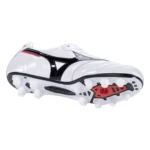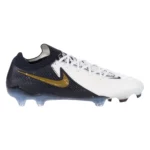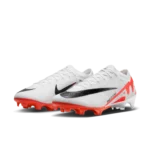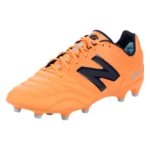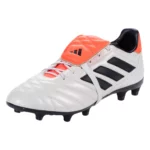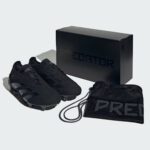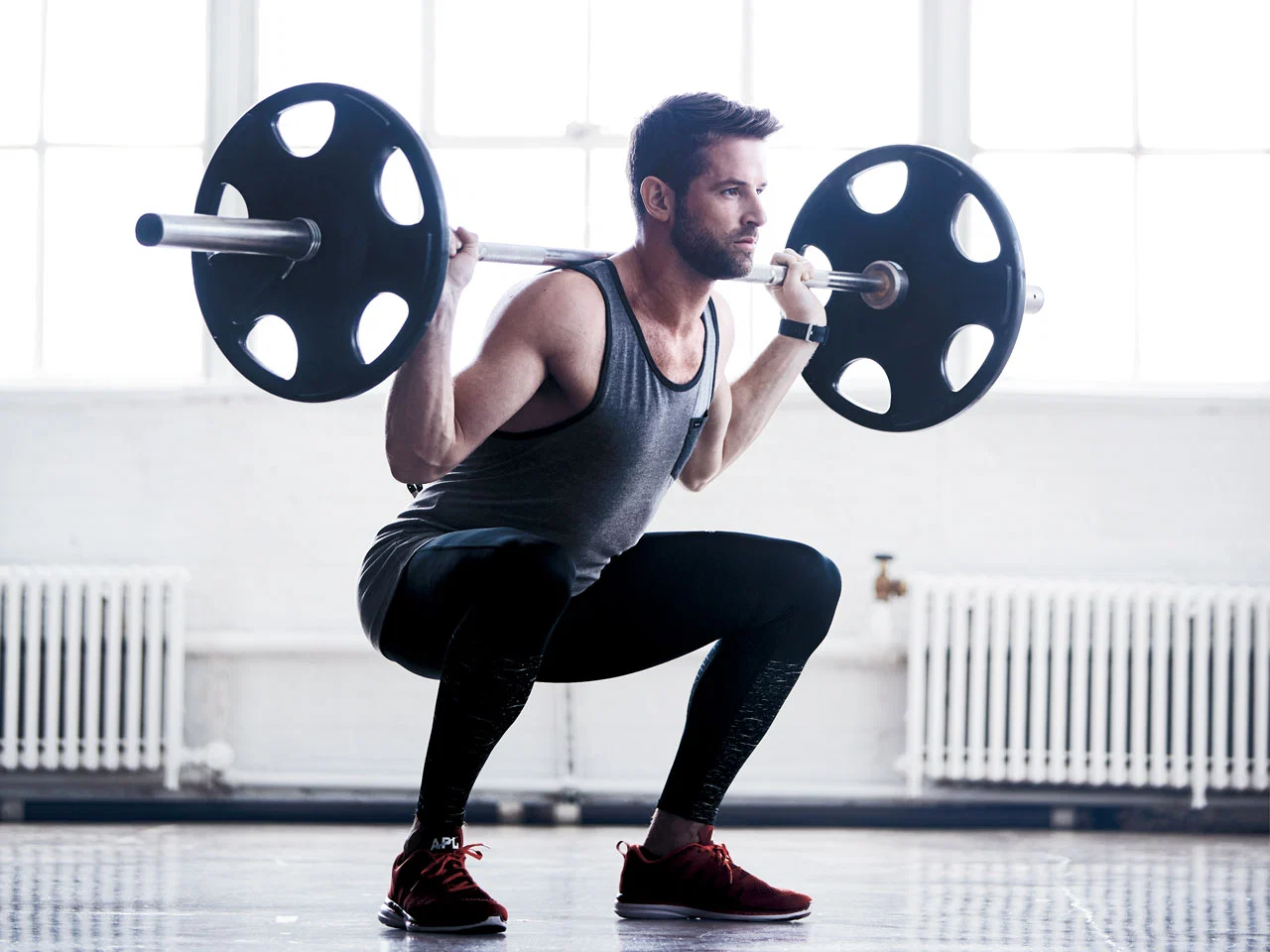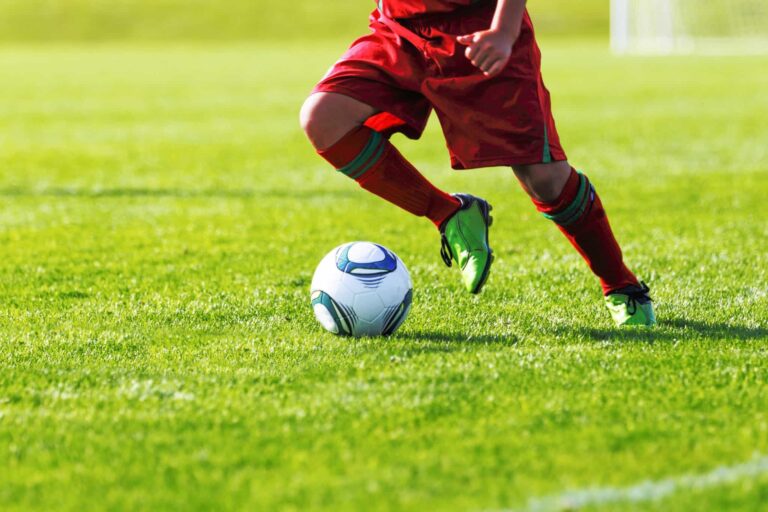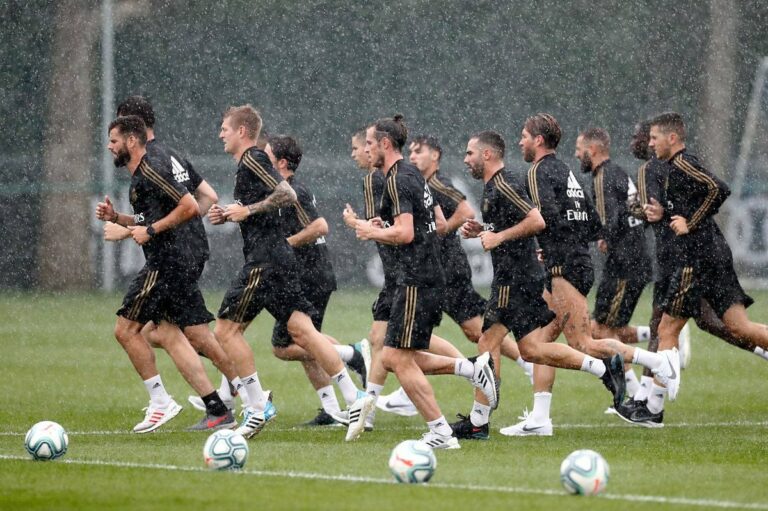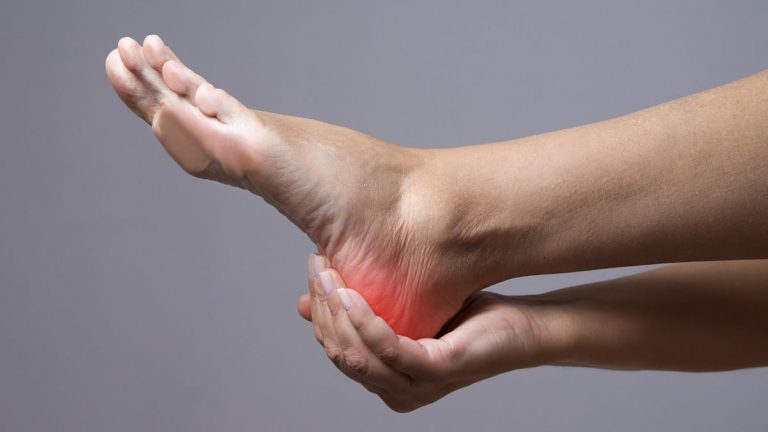How to Become a Faster Player
Best Exercises for Improving Speed
Speed is a critical aspect of football, and players around the world constantly use their speed to gain an advantage in the game.
Many people think that you are either a fast player or a slow player, and there’s not much that you can do to change it. However, that is not the case.
Your individual speed can be improved with the right training. In this article, I’ll provide you with three tips that helped me become a faster player, in the hope that they might work for you as well.
Why Speed is Important
First, it’s essential to understand that playing position matters when it comes to training for speed.
For instance, a winger or a fullback needs to be fast to beat opponents one-on-one, but also quick enough to get back on defense and defend any counter-attacks.
When training, there are three main types of exercises that players should focus on to help improve their speed: resistance training, plyometrics, and sprinting drills.
Resistance Training
Starting with resistance training, one of the most effective exercises is the Romanian deadlift. This exercise strengthens all the muscles along your posterior chain and improves your posture overall.
The two muscles that this exercise directly targets are your hamstrings and your glutes, which are two of the most important muscle groups used when sprinting.
Another great benefit of this exercise is that it’s low-impact and successful, which means you can do it with a light weight and even use it if you’re recovering from an injury.
How to Perform Romanian Deadlifts:
- Begin by standing upright with your feet hip-width apart and your hands positioned on a barbell or dumbbells in front of your thighs.
- Brace your core, maintain a neutral spine, and hinge forward at the hips, pushing your butt back behind you. Keep your chest lifted and your shoulders pulled back.
- Lower the weights down the front of your legs, keeping them close to your shins. Make sure your knees are slightly bent but not locked.
- Lower the weights until you feel a stretch in your hamstrings, and then pause for a moment before reversing the movement.
- Drive your hips forward and stand up straight, squeezing your glutes and hamstrings at the top of the movement. Keep the weights close to your body throughout the entire movement.
- Repeat the movement for the desired number of reps.
It’s important to note that proper form is crucial when performing Romanian deadlifts to avoid injury. It’s also recommended to start with lighter weights and gradually increase the load as you become more comfortable with the movement.
Plyometrics
Plyometrics are a form of exercise that involves explosive, high-intensity movements that can help increase speed and power in athletes. Here are some benefits of plyometric training for speed:
- Increased Muscle Activation: Plyometric exercises can help activate more muscle fibers in a shorter amount of time, leading to faster movements.
- Improved Coordination: Plyometric exercises require a high degree of coordination and neuromuscular control, which can help improve overall movement patterns and speed.
- Enhanced Power: Plyometric training can help increase power output, which is necessary for explosive movements like sprinting.
- Better Running Efficiency: Plyometric exercises can help improve running mechanics, allowing athletes to run faster and more efficiently.
How to Perform Broad Jumps:
Broad jumps, also known as standing long jumps, are a popular plyometric exercise that can help improve speed and power. Here’s how to perform a broad jump:
- Begin by standing with your feet shoulder-width apart and your arms at your sides.
- Bend your knees slightly and swing your arms behind you.
- Explosively jump forward as far as you can, swinging your arms forward for momentum.
- Land softly on the balls of your feet, with your knees bent to absorb the impact.
- Immediately jump back to your starting position and repeat for the desired number of reps.
When performing broad jumps, it’s important to focus on explosiveness and distance rather than height. Start with a shorter jump and gradually increase the distance as your power and technique improve. Additionally, make sure to warm up properly and wear appropriate footwear to reduce the risk of injury.
Sprinting Drills
Sprinting drills are essential for improving speed, and the shuttle run is a popular and effective drill that helps develop both acceleration and deceleration. It also helps to improve sprinting technique and prepare the body for the demands of running at full speed.
How to Perform the Shuttle Run Drill:
- Set up five cones approximately five yards apart.
- Start at cone one and sprint to cone three.
- Backpedal to cone two.
- Sprint from cone two to cone four.
- Backpedal to cone three.
- Finally, sprint from cone three to cone five and jog back to the start.
Tips for Efficient Performance
To perform the shuttle run as efficiently as possible, follow these tips:
- Lean forward and get low when starting the drill to build momentum.
- Drive your knees high with every step.
- Land on the balls of your feet to promote efficient energy transfer.
- Start with five sets of the drill, with a minute of rest in between, and work up to ten sets.
Benefits of the Shuttle Run
The shuttle run is an excellent drill for improving acceleration and deceleration, sprinting technique, and preparing the body for the demands of running at full speed.
It also incorporates backtracking, which helps work out the muscles around the quads and tibialis anterior, while running forward focuses on the traditional sprinting muscles, like hamstrings and glutes.
By practicing this drill, you can increase your speed and reduce your risk of injury during a competitive match.
- Most Comfortable Football Boots of 2024
- Nike Phantom GX 2 vs Adidas Predator Elite
- Puma Future 7 Pro – Review
- Mizuno Morelia 2 Elite Review
- Nike Phantom GX 2 Elite Review
- Width Matters: Choosing the Right Football Boots for Your Feet
- Nike Premier 3 vs Copa Gloro vs NB 442 V2 Pro
- The Best Value Adidas Boot – Copa Gloro Review
- Best Predator Ever? – Predator Elite Review
